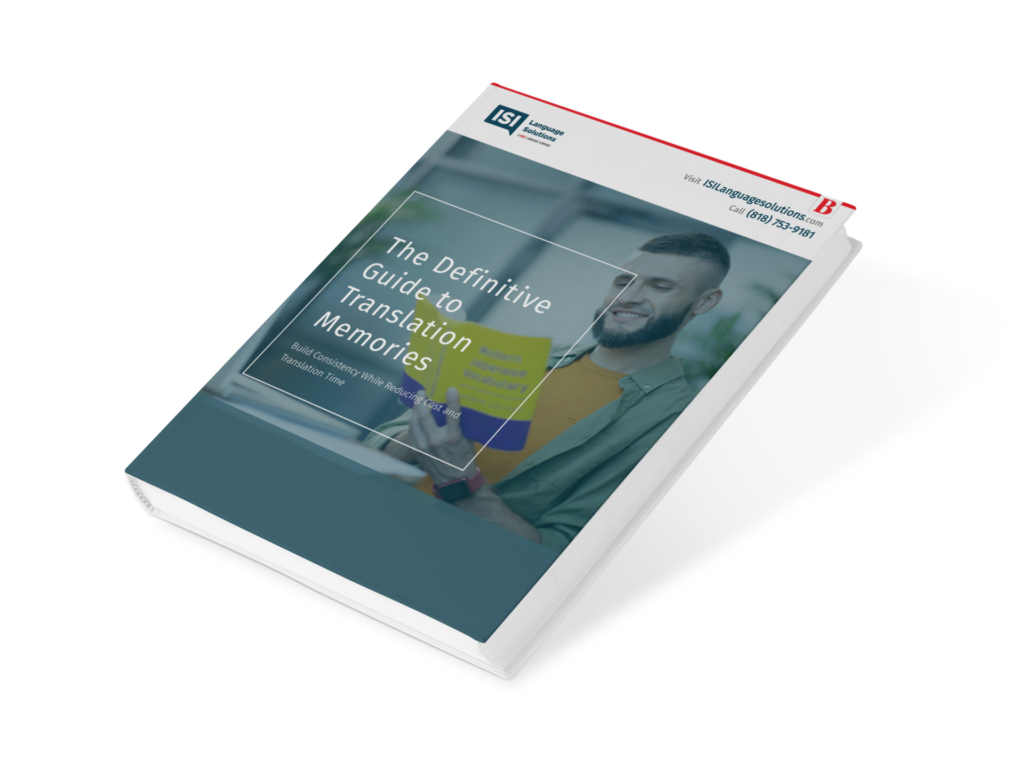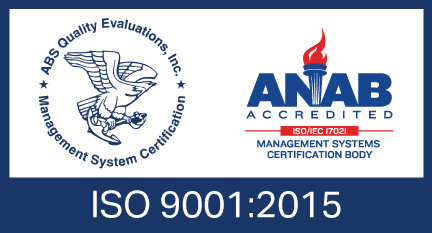
Providing quality healthcare during a pandemic means providing timely, accurate communication to patients. Caring for Limited English Proficient (LEP) patients can sometimes involve extra layers of complexity, as a result of language barriers. By providing your healthcare content and pertinent medical documents in the languages that your patients speak, you can improve patient outcomes.1 And, depending on your jurisdiction and how you receive funding, making your healthcare and medical documents multilingual may actually be a requirement you must meet.
Who is a person with limited English proficiency (LEP)?
A person who does not speak English as their primary language and who has a limited ability to read, write, speak, or understand English well is considered Limited English Proficient.
More than 25 million Americans speak English “less than very well,” according to the U.S. Census Bureau.2 This segment of the population is often at a higher risk of adverse outcomes3 and drug complications.4
What is Medical Document Translation?
Medical document translation refers to written materials that are translated into additional languages in the areas of healthcare and medicine. This form of translation can extend to pharmaceutical, medical device and clinical trial information. Some examples of medical documents include discharge instructions, notices of eligibility, patient forms and consent forms. Medical documents can be digital, printed or both.
Types of Healthcare Content to Translate During a Pandemic
Here we break down four types of healthcare content you will want to translate during a pandemic.
1. Vital Medical Documents
In the United States, for compliance and in order to remain eligible to receive federal financial assistance, healthcare providers are required to make “vital” medical documents available in the most common languages that patients speak. Vital medical documents can include notices of free language assistance, notices of eligibility criteria for services, Informed consent documents, Intake forms, discharge instructions and complaint forms. Federal regulations set up and monitored by the Office for Civil Rights (part of the Department of Health and Human Services) state that translations must be provided in any case for an “LEP language group that constitutes 5 percent or 1000 persons – whichever is less – of the population served”. Read the most up-to-date guidelines in entirety by visiting the U.S. Department of Health & Human Services page.
2. Emergency Notifications Posted at Your Facility
Informing all the people that come to your facility of your health-related protocols is especially important during a pandemic. These can include rules for visitors, hand sanitizing and washing diagrams, lifesaving emergency information on a current pandemic, etc. Emergency notifications should be posted in all relevant languages in areas where there is high visibility and traffic. These usually include entrance points at your facility, waiting and common areas, and digital displays and monitors located throughout your facility. If you are using digital displays for video, there is opportunity to make information available for people who are deaf and hard of hearing, in English as well as for non-English speakers through the use of subtitles. Having your notification materials printed in various languages on posters, flyers and brochures will ensure that all your patients can access vital information during a pandemic.
3. Digital Multilingual Emergency Communications
During a pandemic, communicating through email, text message, through your website and on social media are the best methods to quickly dispatch pertinent information for patients and the communities you serve. If you are a healthcare provider, you likely are already communicating via email, and have a contact list full of people that have opted in and can be segmented according to their different characteristics. In order to mitigate risk, there is a necessity to send out emergency emails that cover various important topics regarding a pandemic. You’ll want to take the additional step to make these communications available in multiple languages. You’ll also want to communicate a consistent message across email, web, text and social media to ensure your message reaches all audiences.
4. Printed Multilingual Emergency Communications
The people in your community that you serve may include individuals who not only find it difficult to speak, read or understand English, but who may have also not have yet adopted technology such as social media and email. Although a bit slower than digital mail, direct mail in the form of printed letters and cards offer a way to inform this segment of the population. This method also ensures that a tangible piece of communication reaches a recipient’s mailbox, and that can be helpful for reinforcing your message in the form of follow-up campaigns. After preparing your piece in plain language, have a professional translation company localize the piece for you. A professional linguist can ensure that your translation is accurate, high-quality, and culturally appropriate so that it make sense to the language speakers you are targeting. Partnering with a HIPAA (Health Insurance Portability and Accountability Act) certified translation provider like Language Link can ensure that all of your healthcare and medical content reaches the highest quality of translation. This ensures that at all times, especially during emergencies such as pandemics, you are communicating the right information to the right people at the right time.
5. Translating Vaccine Information Statements (VIS)
Using professional translation to accurately communicate critical vaccine information to a patient in their native language can be very helpful for Limited English Speakers. Vaccine Information Statements (VIS) are an important part of that process. VIS are information sheets that explain both the benefits and risks of a vaccine to recipients. Federal law in the United States requires that healthcare staff provide VIS to a patient, parent, or legal representative before each dose of certain vaccines are administered. Official Vaccine Information Statements Vaccine Information Statements are available from the Centers for Disease Control (CDC). Language services companies play a critical role in assisting medical facilities in communicating this important information.








